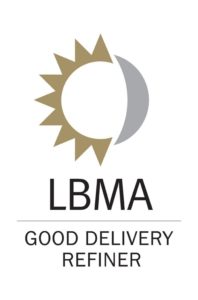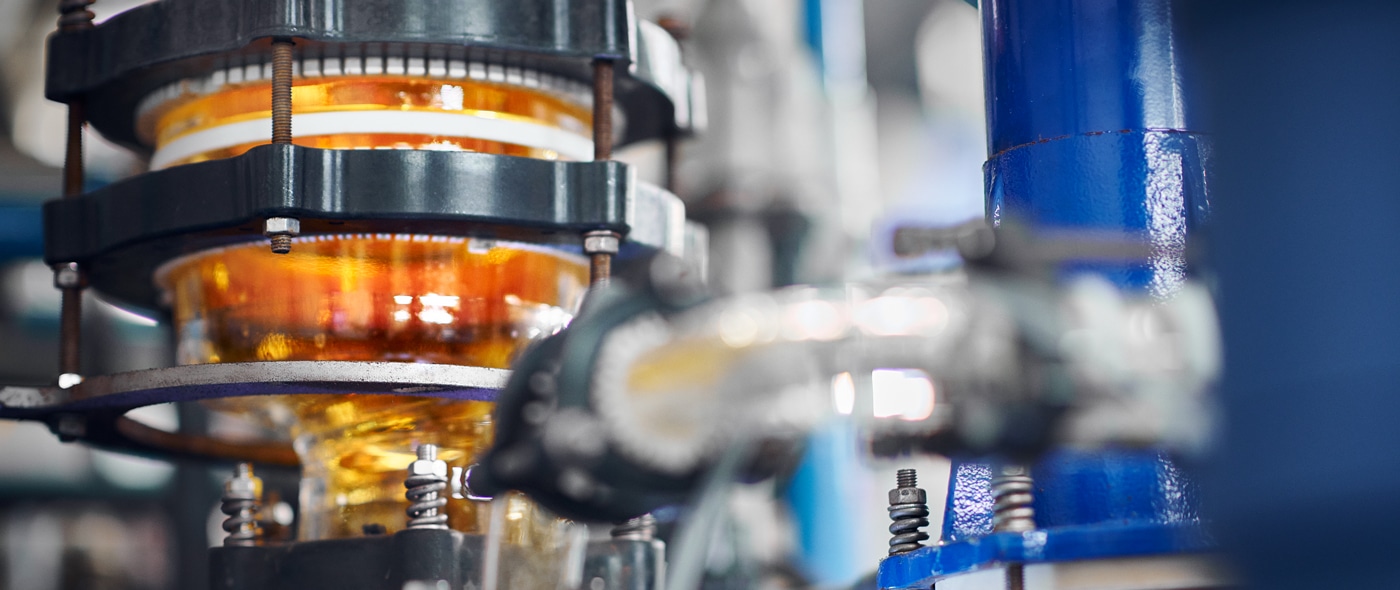Our modern world is full of precious metals. No matter if power and information are transmitted in cars, household appliances, at the computer, in mobile phones or machines or whether a decorative surface for jewelry and dental use is to be achieved – precious metals are one of the most important resources of our economy.
Since their discovery thousands of years ago, they have fascinated us with their looks and abilities. Their limited natural appearance gives them permanent value. They have served as coin metal and asset protection since the early days. Today, they are valued particularly because of their high conductivity for electricity and heat, as well as for their resilience against oxidation. Our modern, digital life would be impossible without precious metals.
All products and assets are subject to a life cycle; they will be used up at some point or outlive themselves by progressing development. Precious metals are not. This is another benefit of the valuable metals: They can be regenerated as often as necessary. No matter in which function precious metals are used in products: it would be irresponsible and not economic to let them be lost in the waste. Even during the production of new products, precious-metal-containing wastes arise at regular intervals that are worth for recycling. This is where the previous metal separation facilities, such as DODUCO from the “Goldstadt” (Gold City) Pforzheim (anniversary festival 2017: 250 years of Goldstadt) come in. Their main task is it to recover precious metals from production wastes and to save them from final loss. They therefore secure part of the raw material supply of the economy and form the basis for the future progress of technology. In particular in light of continually rising demands in the industry, and the barely rising production volumes, precious metal recycling helps essentially to fill the offer gap and to protect natural resources. The production and raising of the existing precious metals concealed in used products is therefore also called “Urban Mining”. The procedures used at DODUCO for previous metal recovery are much less destructive and efficient than the new production in mines. In 2021, DODUCO processed approx. 1.400 tons of precious-metal-containing production residues. Nearly 500 tons of silver were refined and returned to their pure form at 99.99%. Thus, the traditional company from Pforzheim is one of the greatest silver processors in Europe and as an internationally certified processor and silver ingot provider listed on the “Good Delivery List” and an Associated Member of the LBMA (London Bullion Market Association).
The following pages contain more detailed explanations the different procedures of recovery of silver, gold, platinum, palladium and rhodium. Certain non-previous metal by-produces such as copper or tungsten can also be recycled and returned to the economic cycle.
No matter the proceedings used for recycling, the target is always the same: Producing precious metals at the highest quality and purity. Gained from secondary raw material sources to protect nature and mankind.
In addition to precious metals, trust is the most important resource with which a precious metal separation facility works. The customer, who brings his valuable wastes to be recycled, must be certain that his partner will treat them carefully and that he will receive complete compensation for all precious metals contained in the end. Perfect and comprehensive service also characterise a good and reliable separation facility.


The reclaiming and extraction of already existing precious metal treasures from used products is also termed “urban mining”. The processes used at DODUCO for precious metal recovery are significantly more efficient and conserving than new extraction in mines. In 2021, around 1.400 tons of production residues containing precious metals were processed at DODUCO. Looking at silver alone, almost 500 tons were refined and converted again into a 99.99% pure form. Consequently, the long-established company from Pforzheim is one of the largest silver processors in Europe and is included in the “Good Delivery List” as an internationally-certified refinery and a producer of silver bullion, as well as being an associated member of the LBMA (London Bullion Market Association).
Technically, there are various methods of recovering silver, gold, platinum, palladium and rhodium. Also, certain base metals, e.g. Copper or tungsten can be recycled and returned to the economic cycle.
But regardless of which recycling processes are used, the target is always the same: precious metals of the highest quality and purity. Obtained from secondary sources to protect nature and man.

Many precious-metal-containing wastes from the industry are built based on other metals and their alloys. Copper is particularly important here. As pure copper, bronze, brass or other alloys, it forms the basis for many contact materials. The galvanically or massively applied precious metals ensure maximum conductivity and longevity. Many of such wastes in the form of punched parts, tapes, rivets, etc. arise directly at production in the form of production residues or come from recycled electrical drives. DODUCO processes such precious-metal-containing residual materials on copper basis by melting subsequent electrolysis procedures in order to recover the contained silver, gold, copper or platinum metals.
 Some materials as for example AgW or AgNi, galvanic baths, precious-metal-coated steels, processors, etc. cannot be homogenized by melting. These materials for separation as well as materials with valuable by-product elements will be processed chemically.
The precious metals are dissolved, e.g., with nitric acid or aqua regia and recovered in their pure forms by the classical separation steps (precipitation, filtration, washing).
Some materials as for example AgW or AgNi, galvanic baths, precious-metal-coated steels, processors, etc. cannot be homogenized by melting. These materials for separation as well as materials with valuable by-product elements will be processed chemically.
The precious metals are dissolved, e.g., with nitric acid or aqua regia and recovered in their pure forms by the classical separation steps (precipitation, filtration, washing).
You are currently viewing a placeholder content from Vimeo. To access the actual content, click the button below. Please note that doing so will share data with third-party providers.
More InformationYou are currently viewing a placeholder content from YouTube. To access the actual content, click the button below. Please note that doing so will share data with third-party providers.
More InformationYou need to load content from reCAPTCHA to submit the form. Please note that doing so will share data with third-party providers.
More InformationYou are currently viewing a placeholder content from Facebook. To access the actual content, click the button below. Please note that doing so will share data with third-party providers.
More InformationYou are currently viewing a placeholder content from Instagram. To access the actual content, click the button below. Please note that doing so will share data with third-party providers.
More InformationYou are currently viewing a placeholder content from X. To access the actual content, click the button below. Please note that doing so will share data with third-party providers.
More Information